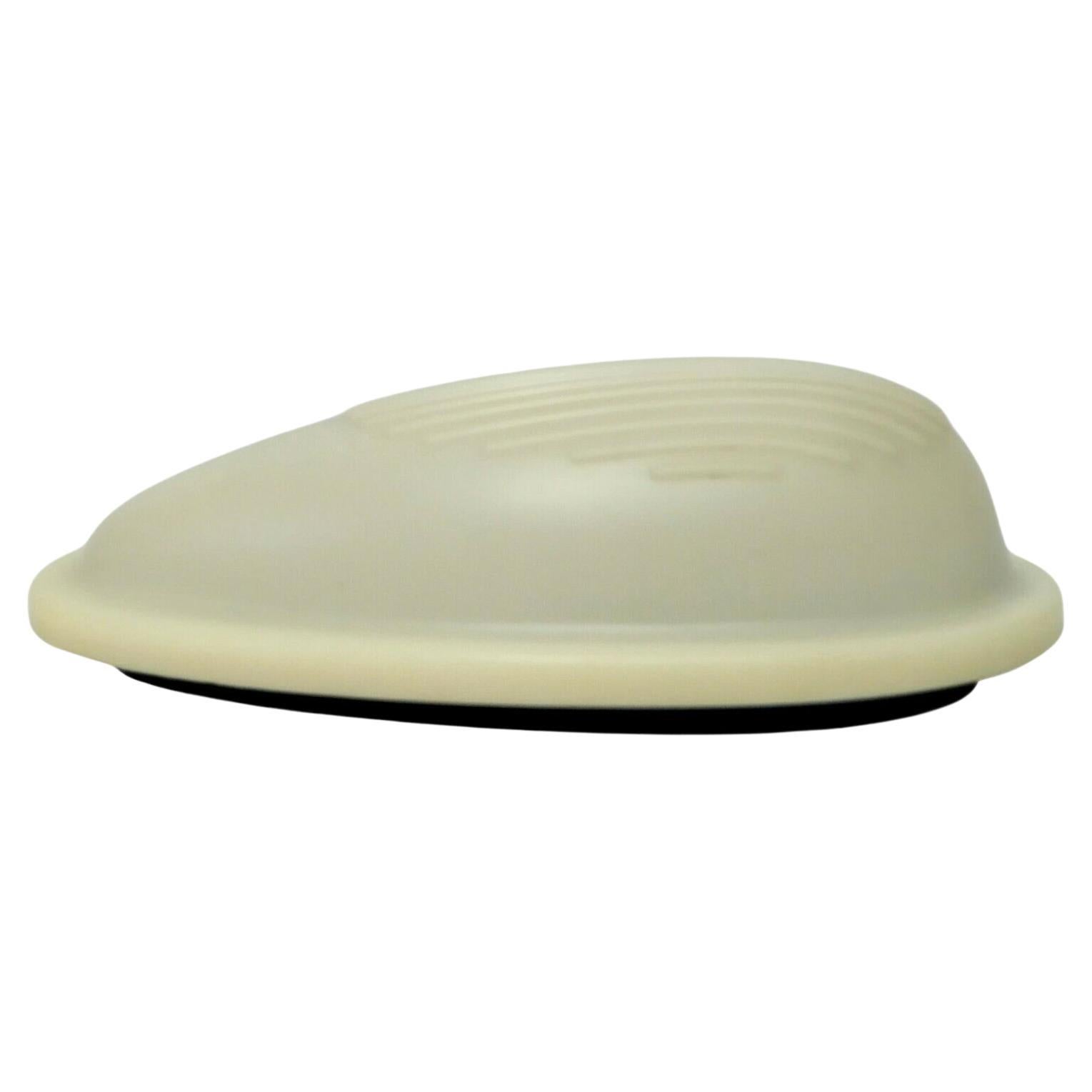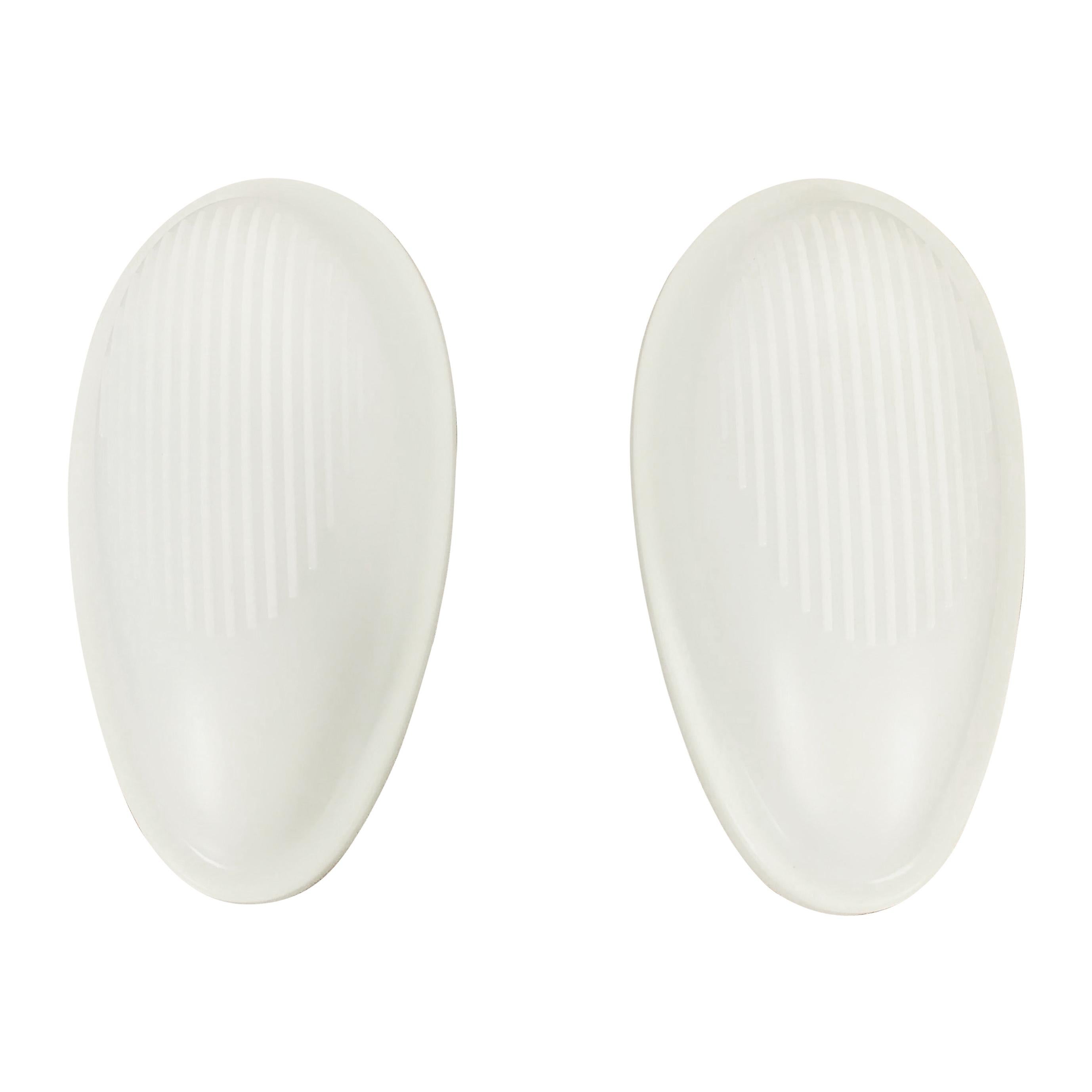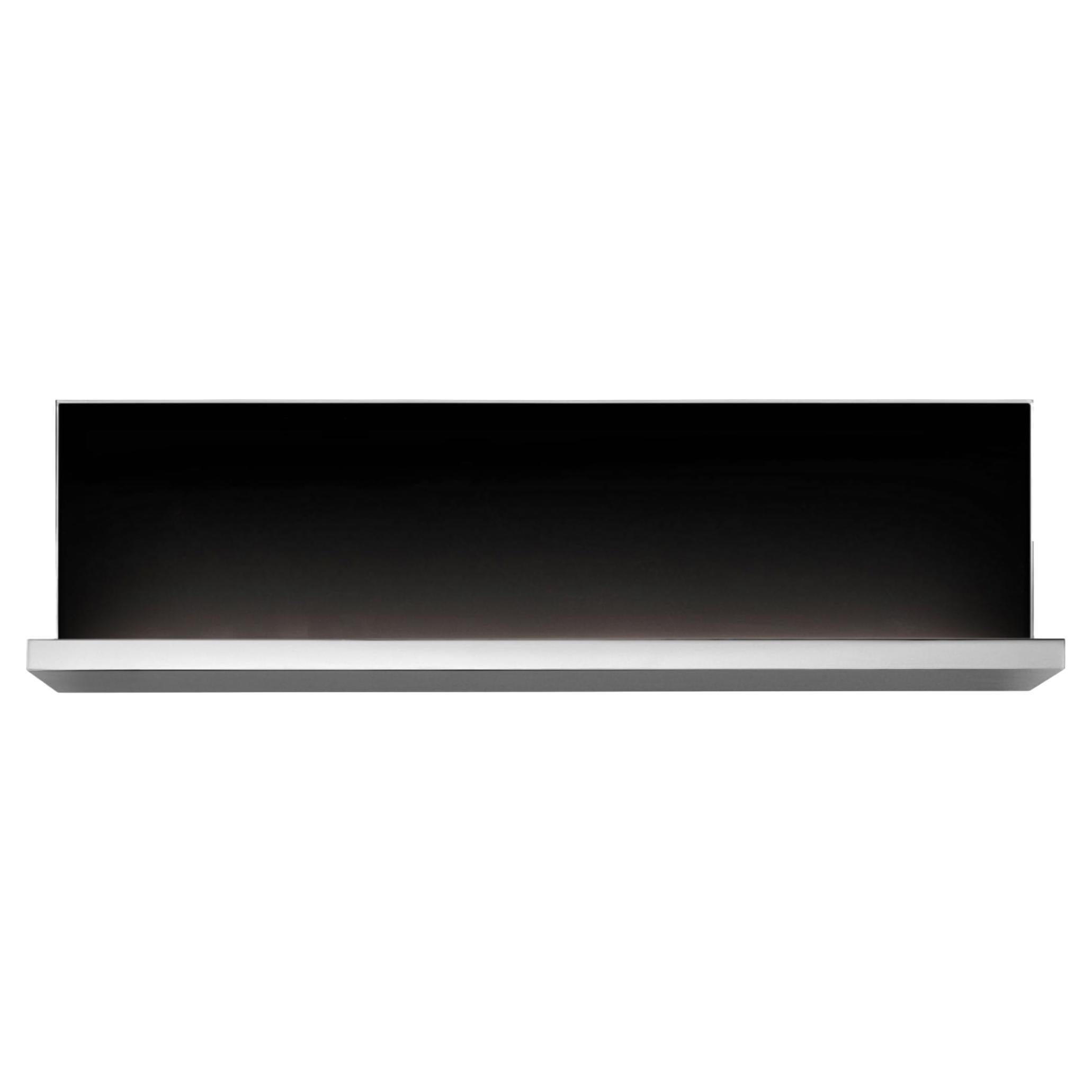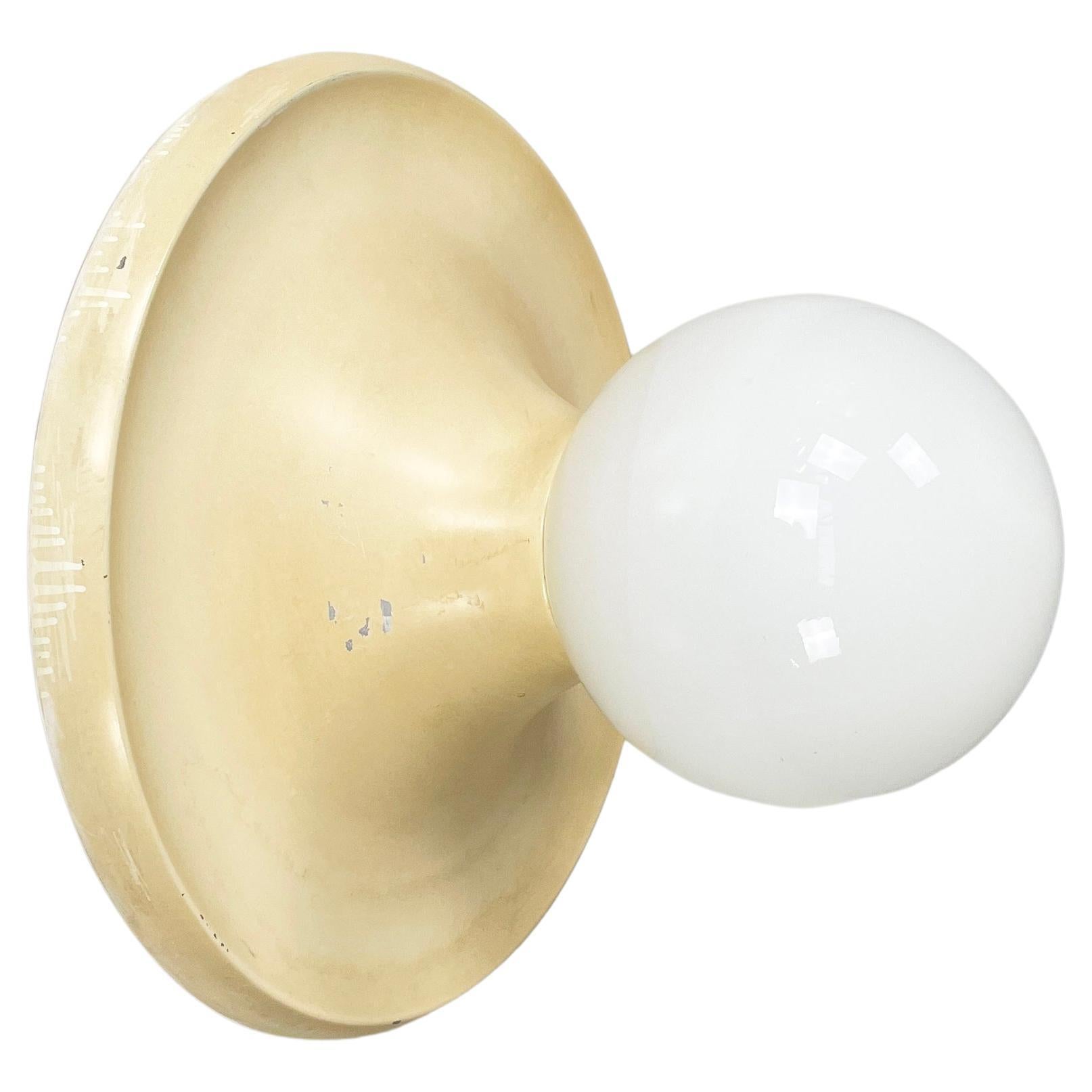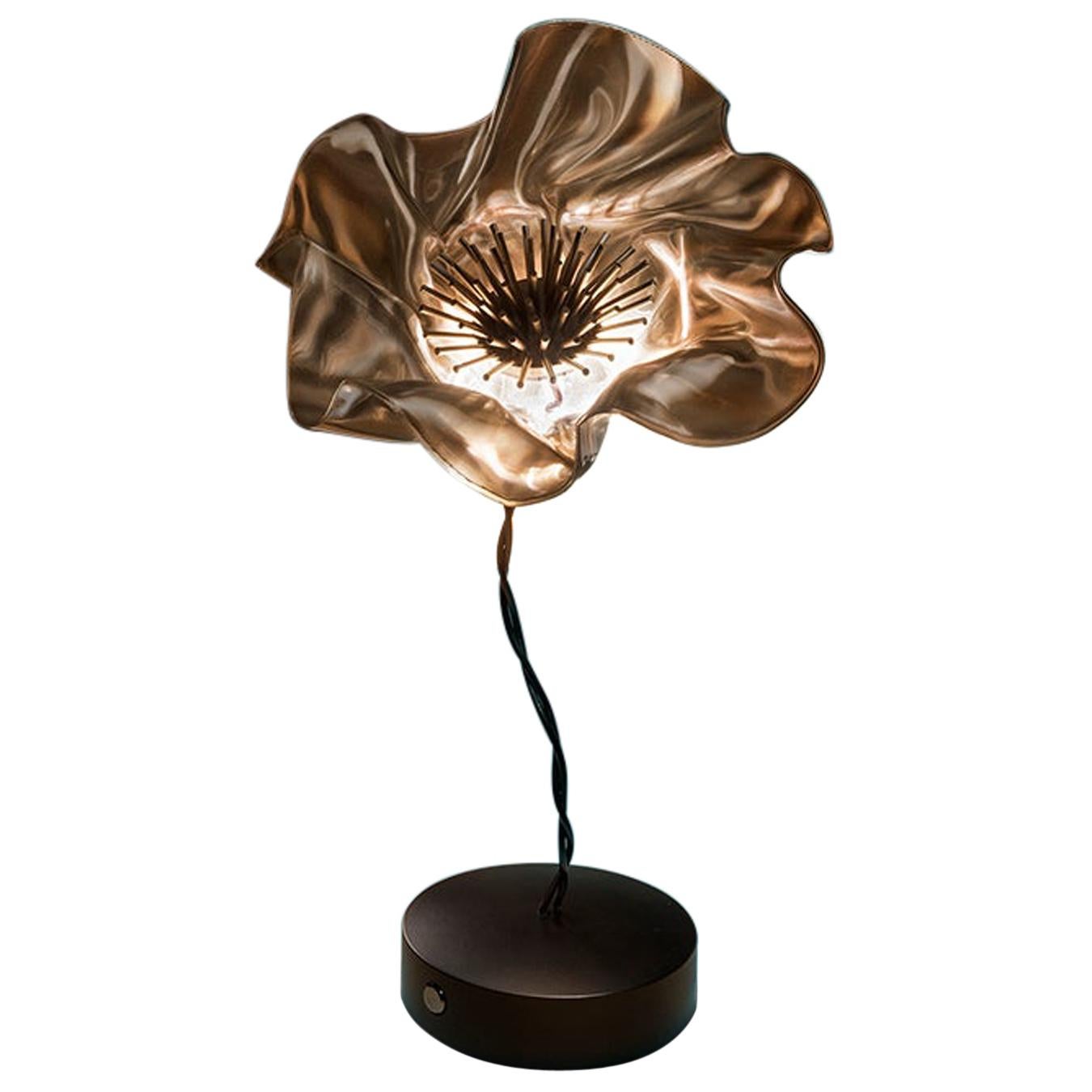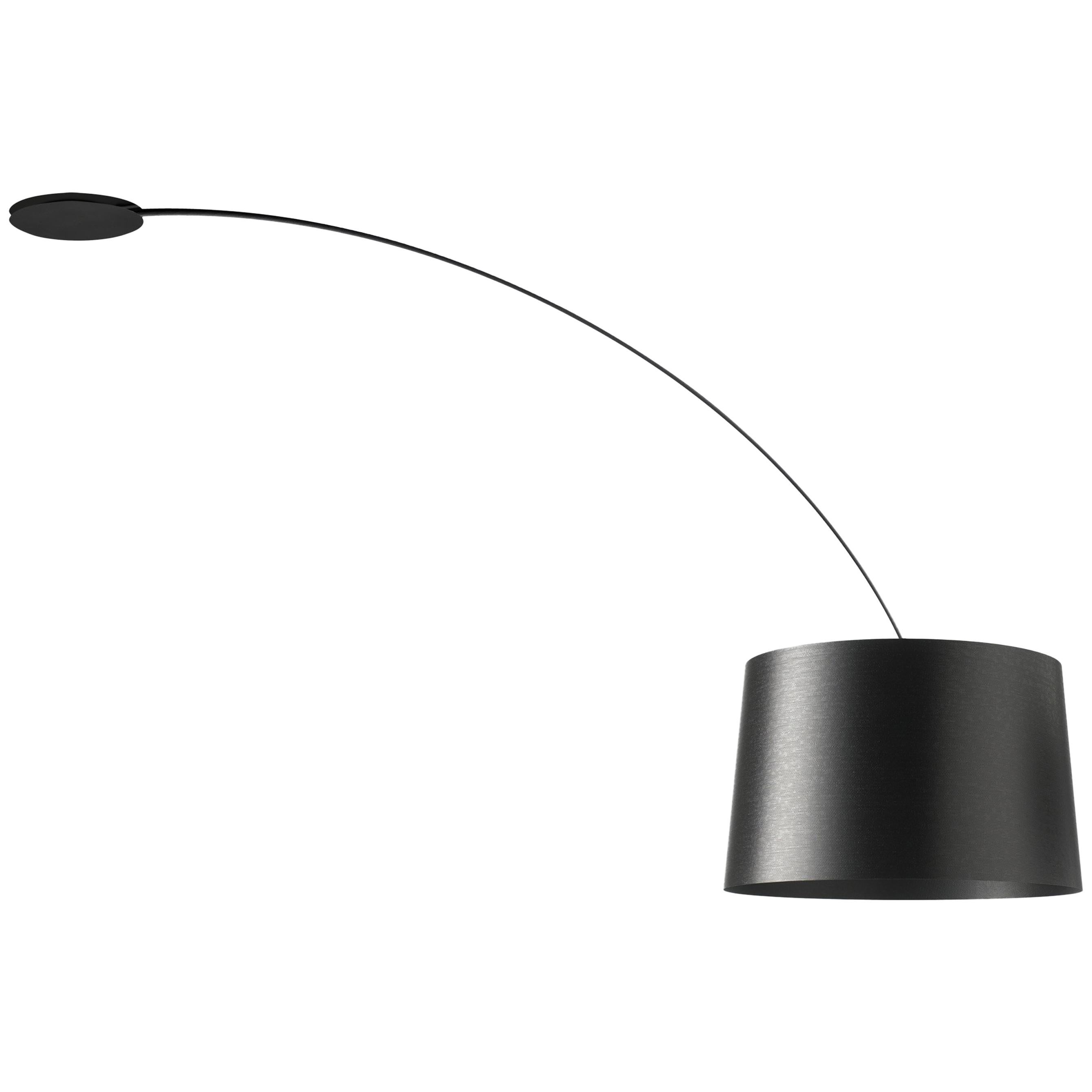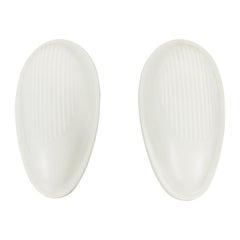
Drop Two Waterproof Wall Light Sconce by Marc Sadler for Flos, Italy
View Similar Items
Drop Two Waterproof Wall Light Sconce by Marc Sadler for Flos, Italy
About the Item
- Creator:Flos (Manufacturer),Marc Sadler (Designer)
- Dimensions:Height: 10 in (25.4 cm)Width: 6.3 in (16.01 cm)Depth: 4 in (10.16 cm)
- Materials and Techniques:
- Place of Origin:
- Period:1990-1999
- Date of Manufacture:20th Century
- Condition:Wear consistent with age and use. Vintage in original box. Some marks and patina from age (see pictures). This item is guaranteed to be authentic Flos.
- Seller Location:Brooklyn, NY
- Reference Number:Seller: 70601stDibs: LU212437365493
Flos
Imaginative lighting is a longtime hallmark of modern Italian design. Following in the footsteps of innovative companies such as Artemide and Arteluce, the company FLOS brought a fresh aesthetic philosophy to the Italian lighting field in the 1960s, one that would produce several of the iconic floor lamp, table lamp and pendant light designs of the era.
FLOS — Latin for “flower” — was founded in the northern town of Merano in 1962 by Cesare Cassina (of the famed Cassina furniture-making family) and Dino Gavina, a highly cultured businessman who believed that artistic ideas espoused in postwar Italy could inform commercial design. The two enlisted brothers Achille and Pier Giacomo Castiglioni as their first designers.
Even before FLOS was formally incorporated, the Castiglionis gave the firm one of its enduring successes with the Taraxacum pendant and associated designs made by spraying an elastic polymer on a metal armature. (George Nelson had pioneered the technique in the United States in the early 1950s.) For other designs, the brothers found inspiration in everyday objects. Suggestive of streetlights, their Arco floor lamp, with its chrome boom and ball-shaped shade sweeping out from a marble block base, has become a staple of modernist decors. Designing for FLOS since 1966, Tobia Scarpa has also been inspired by the commonplace. His folded-metal Foglio sconces resemble a shirt cuff; his carved marble Biagio table lamp looks like a jai alai basket.
In 1973, FLOS purchased Arteluce, the company founded in 1939 by Gino Sarfatti, and it continues to produce his designs. In recent decades, FLOS has contracted work from several noted designers, including Marcel Wanders and Jasper Morrison. As instantly recognizable as they are, many FLOS designs remain accessible. While FLOS lighting is the essence of modernity, its sleek, subtle designs can be used to strike a sculptural note in even traditional spaces.
Browse a broad range of FLOS lighting fixtures at 1stDibs.
- Wall Lamp "Drop 1" Design Marc Sadler for Arteluce, 1995By Marc Sadler, ArteluceLocated in taranto, ITwall lamp produced by arteluce, model "drop 1", made in 1995 to a design by marc Sadler, made of external water-resistant silicone and light blue colored technopolymer Measures 26 cm high by 13 cm wide, new, never used, old stock, in its original arteluce...Category
1990s Italian Wall Lights and Sconces
MaterialsPlastic, Silicone
- Pair of White‚ Drop 1’ Wall Lamps by Marc Sadler for Arteluce, Italy, 1993By ArteluceLocated in Hagenbach, DEA pair of wall lamps by Marc Sadler for Arteluce made in Italy in 1993. The shade of the lamp is made of silicon and has a beautiful white color. The base is made of hard plastic.Category
1990s Italian Mid-Century Modern Wall Lights and Sconces
MaterialsPlastic, Silicone
$1,490 Sale Price / set20% OffFree Shipping - Philippe Starck for Flos Hide L Wall Light Sconce, Large, Black, Shelf, Italy.By Philippe Starck, FlosLocated in Brooklyn, NYThe Flos Hide wall lamp by Flos Lighting is a modern LED wall flusher that functions as a shelf as well. Indirect-light wall lamp. Body in pressofused aluminium, with shiny finish. I...Category
21st Century and Contemporary Italian Modern Wall Lights and Sconces
MaterialsStainless Steel
$722 Sale Price / item34% Off - "Light Ball" Wall / Ceiling Lamps by Castiglioni for Flos, Italy, 1960sBy Flos, Achille & Pier Giacomo CastiglioniLocated in Milan, ITLight Ball model 2 by Achille and Pier Giacomo Castiglioni for Flos. Minimal wall / ceiling lamp providing diffused light. Base in enameled spun aluminum, opal glass sphere with sc...Category
Vintage 1960s Italian Flush Mount
MaterialsMetal
- Italian mid-century Wall light Light Ball by Castiglioni brothers for Flos 1960sBy Flos, Achille & Pier Giacomo CastiglioniLocated in MIlano, ITItalian mid-century modern Wall light Light Ball by Castiglioni brothers for Flos 1960s Elegant Wall or ceiling lamp mod. Light Ball with spherical opaline...Category
Vintage 1960s Italian Mid-Century Modern Wall Lights and Sconces
MaterialsMetal
- Castiglioni Midcentury Metal "Light Ball" Italian Sconce for Flos, 1960sBy Achille & Pier Giacomo Castiglioni, FlosLocated in Roma, ITIncredible mid-century "Light Ball large size" applique in smatised ivory metal and opal glass for Flos. This fantastic lamp was designed by Achille Castiglioni and produced in Italy for Flos in the 1960s. This fantastic light is unique because of the materials, made of ivory white enameled metal and opal glass. Requires an E27 bulb. A fantastic piece that will grace a mid-century living room or bathroom. Measures (cms): diameter - 42 height - 31 Literature: Casa Amica, 27 June 1972, p. 105 Octagon 30 September 1973, p. 149 Sergio Polano, Achille Castiglioni all the works, Electa, Milano, 2001, p. 224 Giuliana Gramigna, repertoire 1950-2000, Allemandi, Torino, 2003, p. 121. The beginnings of Flos (meaning “flower” in Latin) blossomed from a brilliant idea: to create objects, starting with a light bulb, that would change the way of life for both the Italian market and the foreign markets. Dino Gavina and the small Eisenkeil manufacturing facility in Merano, had already been creating furniture alongside design masters such as Achille and Pier Giacomo Castiglioni, Afra and Tobia Scarpa. But by the early 1960s, Gavina became convinced the time had come to create new lamps. Using the same technology – conceived in the USA and tested at Eisenkeil – used for the Cocoon lampthe Castiglioni brothers and the Scarpa duo began creating lamps such as the Taraxacum or the Fantasma, with many other beautiful and surprising lamps to follow. And so, from day one, Flos was already reinventing the idea of artificial lighting. Achille Castiglioni (born February 16, 1918, Milan–died December 2, 2002, Milan) was a prolific furniture, lighting, and product Italian designer renown for his ironic, joyful, creative and functional designs that, at times, intersected with ideas explored by conceptual artists. Achille Castiglioni was born into a family with deep appreciation for the arts, as he was the third son of sculptor and coin engraver Giannino Castiglioni and his wife Livia Bolla. He first studied the classics at the Liceo Classico Giuseppe Parini, but then switched to study art at the Accademia di Belle Arti di Brera in Milan. In 1937, he decided to follow the steps of his two elder brothers, architects Livio and Pier Giacomo Castiglioni, by enrolling in the Faculty of Architecture at the Politecnico di Milano, graduating in 1944–after having to interrupt his studies when he was stationed in Greece and Sicily during World War II. In 1944, immediately after graduating, Achille Castiglioni joined his brothers Livio and Pier Giacomo in the design studio that they had founded with Livio’s classmate Luigi Caccia Dominioni in 1937 in Milan. Fortunately for Achille, from the very beginning Livio and Pier Giacomo decided to focus almost entirely on designing exhibitions, furniture, housewares, and appliances since architectural commissions were difficult to come by during the war. This product-design focus, and the deep fraternal bound among the three brothers, would later allow the young Achille to experiment early in his career with emerging techniques and new materials that could communicate a fresh aesthetic sensibility suited for the positive outlook of the post-war European market. The Castiglioni brothers’ important collaboration with Phonola and Brionvega In 1940, Pier Giacomo Castiglioni, Livio Castiglioni, and Luigi Caccia Dominioni, in collaboration withe the Phonola company, presented in the VII Triennale di Milano (Milan Triennial), titled Exhibition of the Radio, a research study of radio devices that included the Fimi Phonola 547 radio, the first radio encased in Bakelite instead of wood. Shortly after the exhibition, Luigi Caccia Dominioni suspended his professional activity to serve in the military during World War II and left the studio. The development of the FImi Phonola 547 radio would prove fruitful for the three brothers, as it allowed Livio Castiglioni to cement his role as the leading design consultant for Phonola from 1940 until 1960, and for Brionvega, from 1960 until 1964. These relationships brought in further collaboration among the three brothers, and would eventually result in several designs for radio and sound appliances with innovative materials and shapes for which Achille Castiglioni played a key role, such as the RR 226 stereo system for Brinovega (1965), the radio phonograph...Category
Vintage 1960s Italian Mid-Century Modern Flush Mount
MaterialsMetal
